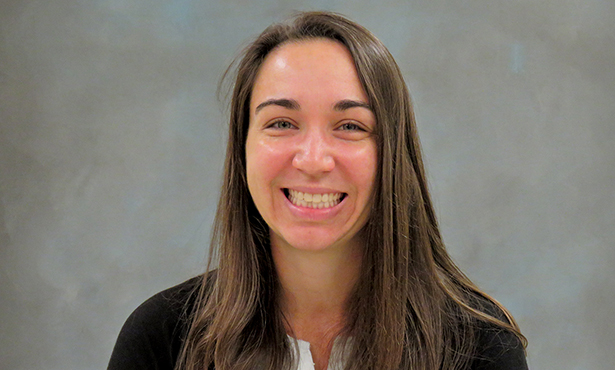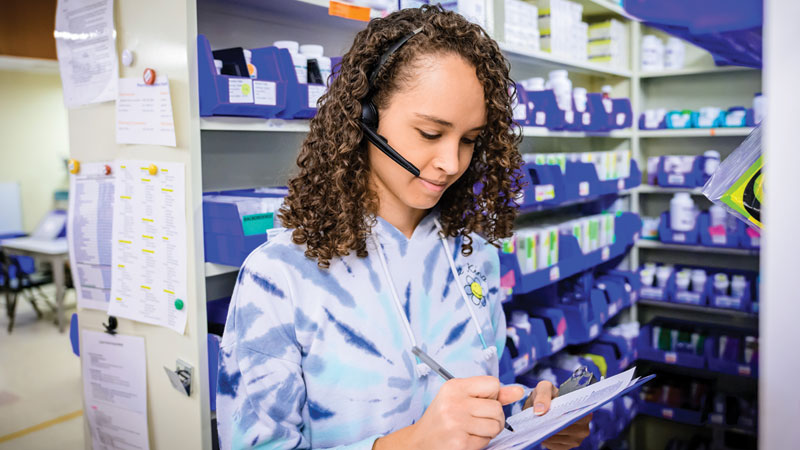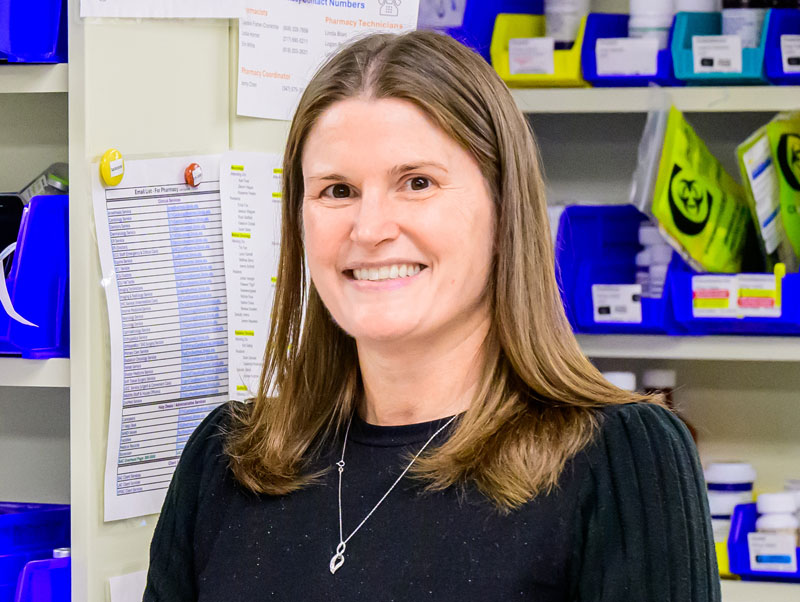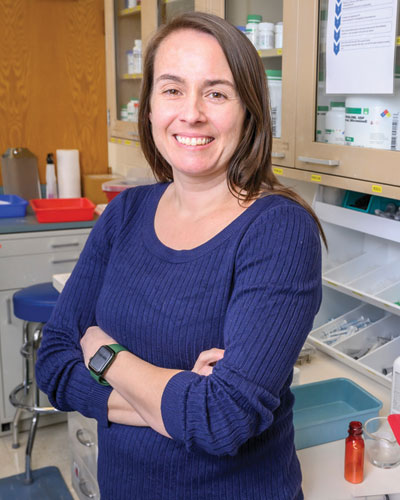Tell us about your background.
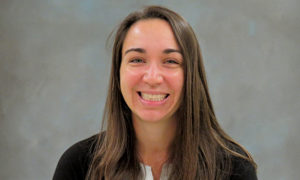
I grew up in South Carolina. I rode horses and competed in local, state, and regional horse shows. I also played soccer and basketball. I went to the University of Georgia for undergraduate and veterinary school (GO DAWGS!!).
After graduating from veterinary school, I completed an internship at Chino Valley Equine Hospital, a large animal surgery internship at the University of Florida, and then my large animal surgery residency at the University of Minnesota. I did a one-year surgery clinical instructorship at the University of Minnesota before landing here at the University of Illinois as faculty in equine surgery.
How did you become interested in equine surgery?
I have been around horses my entire life, and like most veterinarians, wanted to be a vet since I was in elementary school. Over the years I saw many injuries and illnesses in horses, ranging from colic to lacerations to a fractured leg. I wanted to be able to help these animals and alleviate their suffering. I was focused on large animals in veterinary school and wanted to specialize in order to be able to help fix these complex conditions that our patients can have as well as support the equine athlete.
What are your special interests?
I have a special interest in orthopedics as well as sports medicine and rehabilitation. As an athlete, I had my own set of injuries, and that sparked my interest in lameness and rehabilitation in equine athletes. I think we can use the knowledge gained in treatment of human athletes on our equine athletes to help them be the best they can be.
Tell us a fun fact about yourself.
I rode for the University of Georgia’s NCAA varsity equestrian team in college. We won two national titles while I was on the team. One of my championship rings is part of my Saturday game day attire for Georgia football.
Tell us about your favorite case.
My first was a case I had while at the University of Florida. A cute, old Arabian gelding had a severe fracture of his hind cannon bone. We were able to repair the fracture, and he spent several months in the hospital and did great. His favorite thing was having me scratch his leg at each bandage change after we took his cast off.
The other case was a little lamb with a congenital defect of her elbow joint. We had to amputate her limb. She did great following surgery. Her remaining front leg was managed with a limb support brace and K laser therapy. The laser therapy helped reduce the amount of meloxicam she needed to stay comfortable. Now an adult sheep, she is an ambassador for a food animal rescue group in Minnesota, and is the most photogenic patient I have ever met.

